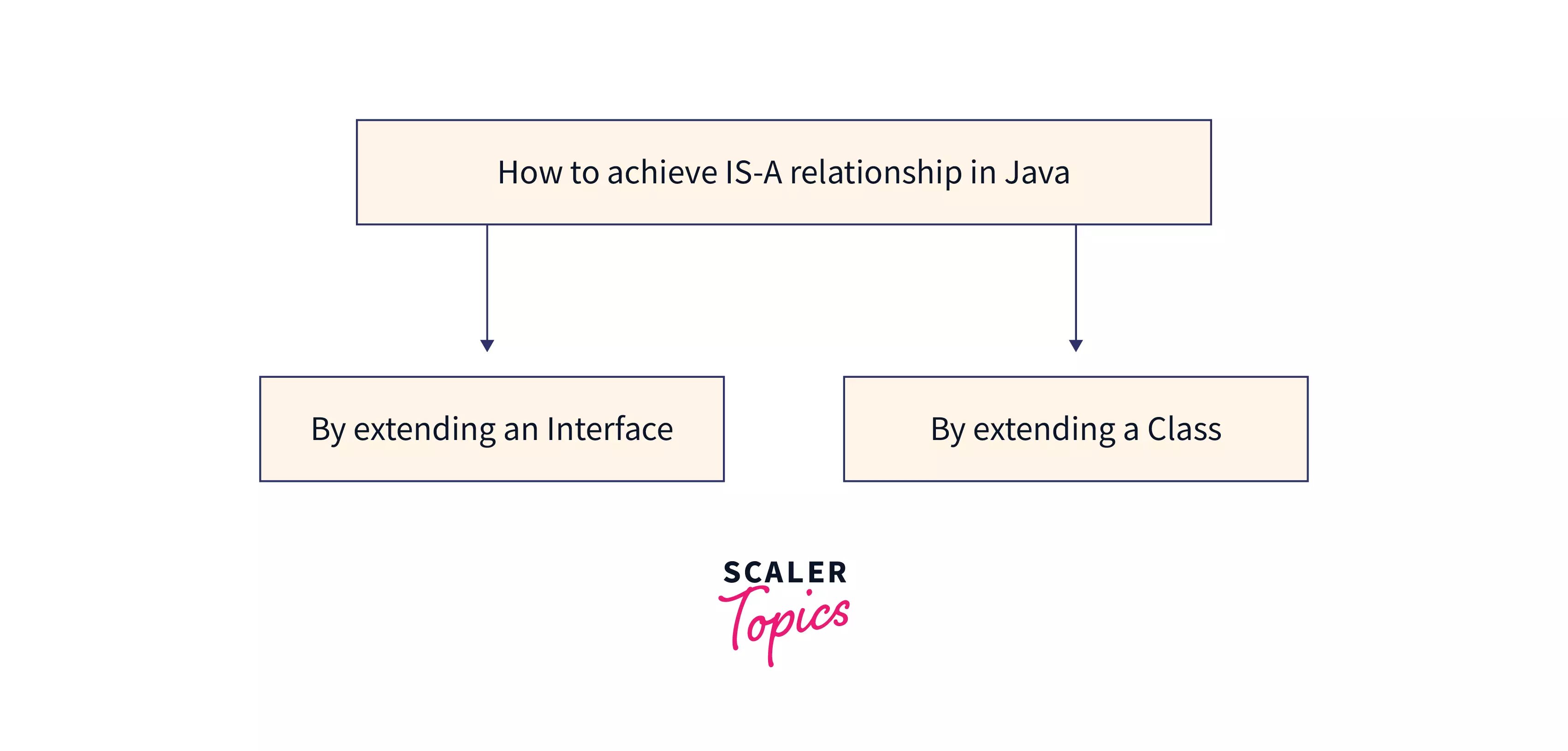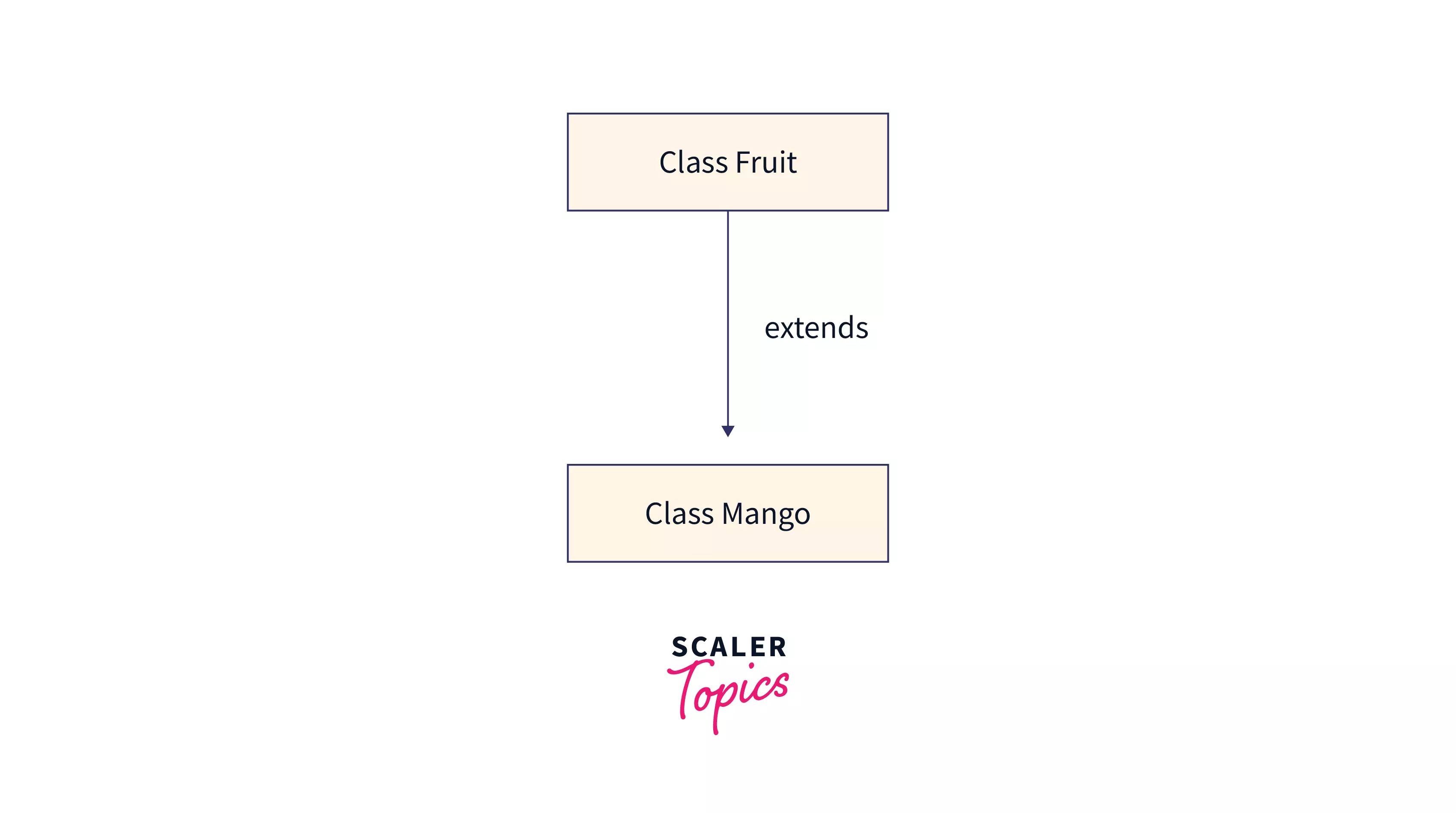What is IS-A Relationship in Java?
Learn via video course

Java Course - Mastering the Fundamentals
by Tarun Luthra
1000
5
In OOPs, the IS-A relationship corresponds to the concept of inheritance. For instance, a mango is a fruit, a phone is a device.
The reason for using the IS-A relationship in java are as follows:
- Reducing redundancy
- Code reusability
- IS-A relationship in java can be achieved by using the keyword ‘extends’ in the code.
- It is used for avoiding any kind of redundancy in the code and to reuse the class and methods in the program.
- The IS-A relationship is unidirectional which means that mango is a fruit but not all fruits are mango.
- IS-A relationship is also known to be tightly coupled which means that by changing one entity, other entity will also be changed.
How to Achieve an IS-A Relationship?
IS-A relationship in Java can be achieved by extending a class or interface by using the keyword ‘extends’.

Let’s understand this clearly by taking an example

In the given image, the class Mango extends a class Fruit. This means that Fruit is a parent class of Mango and the class Mango is said to have IS-A relationship with class Fruit. Hence we say that Mango IS-A Fruit.
Examples of IS-A relationship in Java
Implementation of IS-A relationship
- Class Fruit has a field called fruitName
- Class Mango extends the class Fruit to get its functionalities.
- Because Fruit is a parent class, it can store a reference of an instance of class Mango. The advantage of it is that the code isn't duplicated.
Program to implement IS-A relationship in Java
Output:
Explanation:
- It defines a parent class Fruit and a child class Mango.
- The Fruit class has a field fruitName and two methods: setFruitName and getFruitName.
- The Mango class is a child class of Fruit. It has an additional private field shape and a constructor that calls the constructor of the parent class using the super keyword. It also has a method getFruitShape that returns the name of the fruit and its shape.
- The Main class contains a main method that creates an instance of Mango called fruit with the shape "Pear-Shaped". It then prints out the name and shape of the fruit using the getFruitName and getFruitShape methods.
Learn More
Conclusion
Here are a few key takeaways from this blog.
- In OOPs, the IS-A relationship corresponds to the concept of inheritance. For instance, a mango is a fruit, a phone is a device.
- The reason for using the IS-A relationship in java are as follows:
- Reducing redundancy
- Code reusability
- IS-A relationship in java can be achieved by extending a class or interface by using the keyword ‘extends’.
